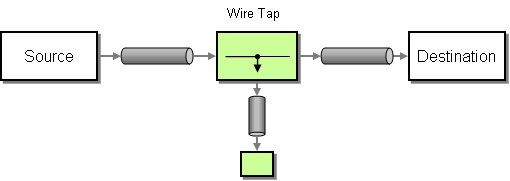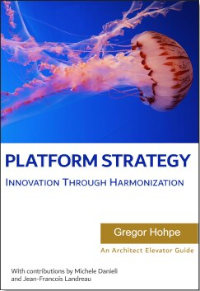Point-to-Point Channels are often used for Document Messages because they ensure that exactly one consumer will consume each message. However, for testing, monitoring or troubleshooting, it may be useful to be able to inspect all messages that travel across the channel.
How do you inspect messages that travel on a point-to-point channel?

Insert a simple Recipient List into the channel that publishes each incoming message to the main channel and a secondary channel.
The Wire Tap is a fixed Recipient List with two output channels. It consumes messages off the input channel and publishes the unmodified message to both output channels. To insert the Wire Tap into a channel, you need to create an additional channel and change the destination receiver to consume of the second channel. Because the analysis logic is located inside a second component, we can insert a generic Wire Tap into any channel without any danger of modifying the primary channel behavior. This improves reuse and reduces the risk of instrumenting an existing solution.
... Read the entire pattern in the book Enterprise Integration Patterns
Related patterns:
Competing Consumers, Control Bus, Detour, Document Message, Message Broker, Message Store, Point-to-Point Channel, Publish-Subscribe Channel, Recipient List, Loan Broker System Management






